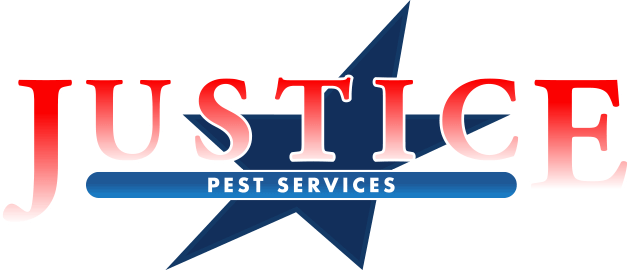The Ultimate Guide To Termites In Lakeway, TX

If you’re dealing with termites in your Texas home, your not alone. Learn more about what native TX termites look like, the different species, the signs of an infestation, and how to treat one. Plus, learn more about how to prevent a termite infestation in your Lakeway home before it even begins.
How Common Are Termites In Texas?
Termites are a common problem in Texas. In fact, the state is home to more than 60 species of termites. Some of these species are native to Texas, while others have been introduced from other parts of the world.
Termites cause billions of dollars in damage each year in the United States, and they are a particularly serious problem in Texas. The warm climate and ample food supply make Texas an ideal environment for termites.
What Do Termites Look Like?
Termites are small insects that range in color from white to brown. They have six legs and two antennae. Termites are often mistaken for ants, but they can be distinguished by their straight, beaded antennae and segmented bodies.
There are three main types of termites in Texas: drywood termites, subterranean termites, and formosan termites.
Drywood Termites
Drywood termites are the most common type of termite in Texas. They get their name from the fact that they live in dry wood, rather than underground. Drywood termites are often found in old, unoccupied buildings and dead trees.
Subterranean Termites
Subterranean termites live in the soil and build nests underground. They are the most destructive type of termite because they can damage the structural integrity of a home or building. Subterranean termites are often found in damp, wet areas such as basements, crawl spaces, and near plumbing fixtures.
Formosan Termites
Formosan termites are a type of subterranean termite. They are originally from China and Taiwan, but have been introduced to other parts of the world, including the southern United States. Formosan termites are especially destructive because they can build large nests that can contain millions of individuals.
What Are The Signs Of A Termite Infestation?
The most common sign of a termite infestation is the presence of winged insects, called "swarmers." Swarmers are reproductive termites that leave their parent colony in order to mate and start new colonies. These swarmers are usually seen in late winter or early spring.
Other signs of a termite infestation include:
- Mud tubes on the exterior of your home or building
- Wood that sounds hollow when tapped
- Cracks or gaps in your foundation or baseboards
- Piles of sawdust or wood shavings near where termites are active
If you see any of these signs, it's important to contact a pest control professional right away. The sooner you catch a termite infestation, the easier it will be to get rid of them. Termites can cause a lot of damage to your home or building if left unchecked, so don't wait to call a professional.
How Do I Treat My House For Termites?
There are a few different ways to treat your house for termites. The most common way is to have a professional come out and do it for you. They will usually start by doing a thorough inspection of your home or building to look for signs of termites. Once they find where the termites are, they will use a variety of methods to get rid of them. This may include using pesticides, fumigation, or even heat treatment.
Pesticide Treatment
One of the most common ways to treat termites is with pesticides. Pesticides are chemicals that are designed to kill insects. There are a variety of different pesticides that can be used to kill termites. The type of pesticide that you use will depend on the severity of the infestation and the type of termite that you have.
Fumigation
Another common treatment method is fumigation. Fumigation is a process where gas is released into the air in order to kill insects. This gas is typically released into the air by using a fan. Fumigation is usually only used when there is a large infestation of termites.
Heat Treatment
Heat treatment is another option that can be used to kill termites. This method involves using high temperatures in order to kill the insects. Heat treatment is typically only used for small infestations.
How Do You Prevent Termites?
The best way to prevent termites is to make sure your home is not an inviting environment for them.
Some tips for preventing termites include:
- Keep wood away from your foundation and any other areas where termites might enter your home. This includes firewood, lumber, and even tree stumps.
- Remove any dead trees or tree stumps from your property.
- Make sure there is good drainage around your foundation to keep the soil from getting too moist.
- Repair any leaks in your plumbing or roof as soon as possible.
- Regularly check for signs of termites, such as mud tubes, and have a professional inspect your home if you suspect an infestation.
How Often Should I Treat For Termites?
Termite treatment is typically a yearly event, but some homeowners may need to treat more often if they live in an area with a high termite population or if their home is particularly vulnerable to infestation. If you have any questions about how often you should treat your home for termites, be sure to ask a professional.
Justice Pest Services Is Here To Help
If you're concerned about termites, or if you think you may have an infestation, don't hesitate to contact Justice Pest Services for comprehensive termite treatments. We'll be happy to inspect your home and recommend a course of treatment that will keep your family safe from these destructive pests. We offer expert termite control in Lakeway, and the surrounding area!
